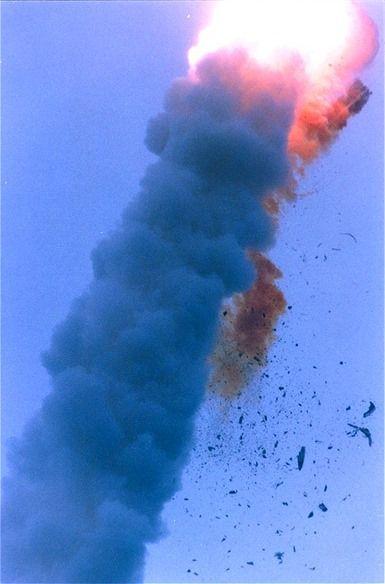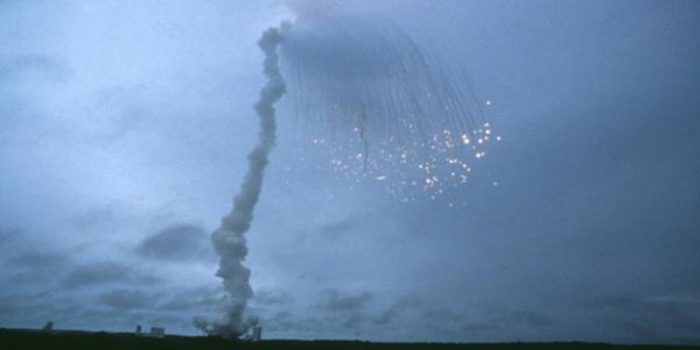The Ariane 501 launch was a milestone event in the history of space exploration, marking the first successful launch of the Ariane 5 rocket by the European Space Agency (ESA) on June 4, 1996. However, this mission was not without its challenges, as a single line of code caused a disastrous failure that resulted in the loss of the entire payload, valued at approximately half a billion euros.

The Ariane 501 was designed to carry two communication satellites into geostationary transfer orbit. The launch was proceeding smoothly until just 37 seconds into the flight, when the rocket veered off course and exploded. The cause of the failure was traced back to a software error in the guidance system that was responsible for controlling the rocket’s trajectory.
The problem was a software limitation in the onboard computer, which was unable to handle the high-speed and high-precision calculations required for the guidance system to function correctly.
The software was written in Ada, a programming language commonly used in safety-critical systems, and the code was expected to be extremely reliable. However, the code was written in a way that was not compatible with the architecture of the computer, which led to the failure.

The failure of the Ariane 501 was a significant setback for the European Space Agency and the entire space community. However, it also provided a valuable lesson on the importance of software quality and the need for rigorous testing and validation of critical systems.
In response to the failure, the ESA conducted a comprehensive review of its software development processes, and implemented new quality assurance measures to ensure that future launches would not be affected by similar issues.
Today, the Ariane 5 rocket is one of the most reliable and successful launch vehicles in the world, with a proven track record of over 100 successful missions. This success is a testament to the hard work and dedication of the engineers and scientists who were involved in the recovery and reconstruction of the Ariane program, and to the importance of learning from past failures to improve future performance.


